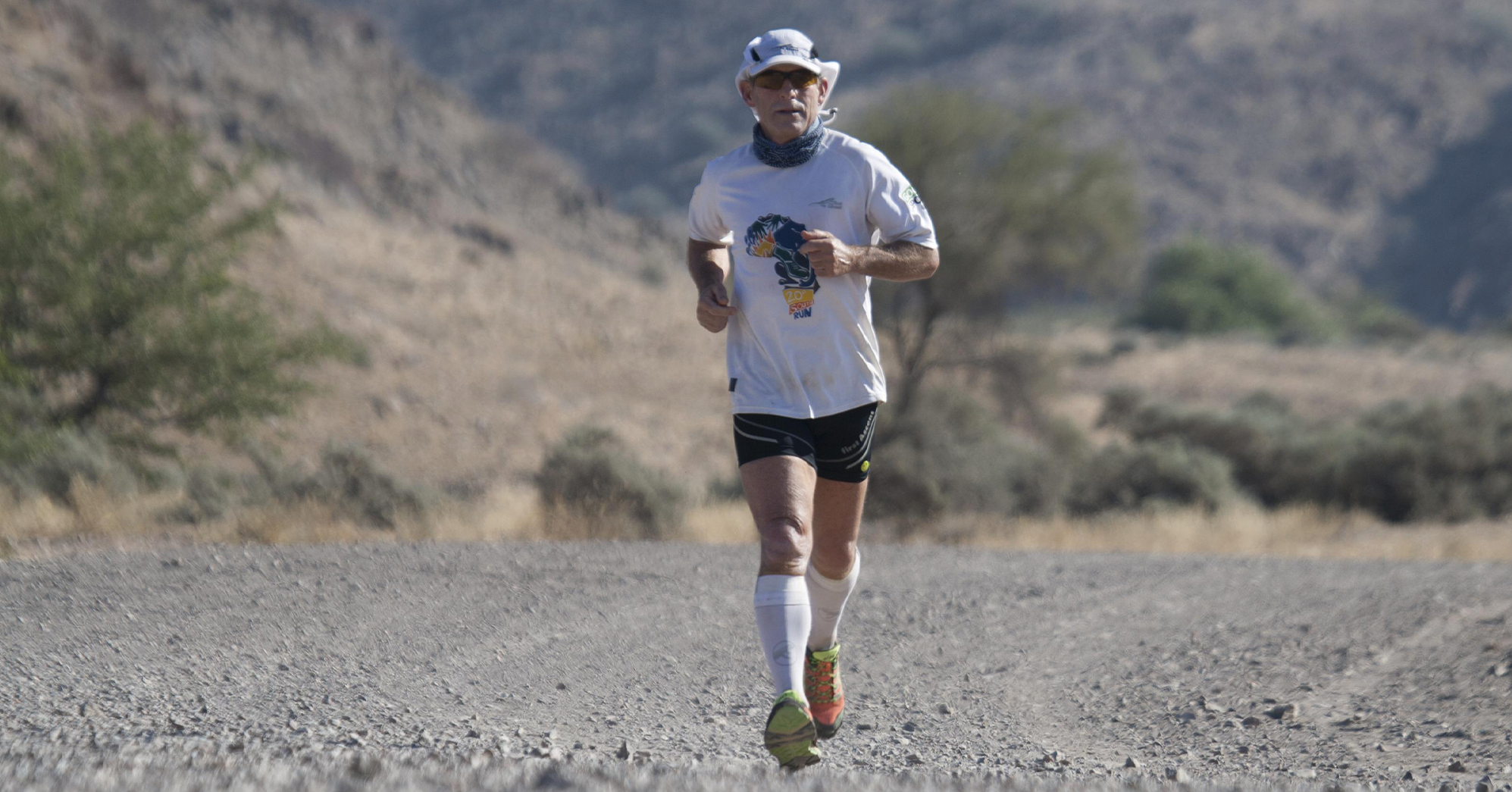There is always a reason for everything. No matter who you are or what you do. In your normal day-to-day existence, do you really stop to understand the reasons behind your thoughts and actions?
Let's apply this to running. Why are you running today? What is the purpose behind today’s run? Are you simply doing the next automatic thing in your daily life?
There could be a variety of answers to this question: to socialise; to get fit; it’s something new; my mum or dad does it; for fun; to be out in nature; I want to lose weight; I want to do this professionally; or perhaps, I don’t know exactly.

By starting to think about running in this way, you’regoing up a level in how you approach running. At this first level, you begin to identify why you run specifically. Stepping up a further level, consider how your running fits into your overall exercise programme. Then finally, see how it fits into your overall lifestyle.
At each level, the crucial question to ask yourself is: “Why am I doing this?” and “Is what I’m doing balanced?”
Going through this process helps you understand why you are running and how this fits into your current routine, while giving you the space to make the necessary adjustments.
Alongside this, it’s important to understand the difference between upwards thinking and downwards thinking in the context of running. While upwards thinking involves looking at the bigger picture, downwards thinking involves narrowing your focus to specific elements of running. After starting with upwards thinking in the context of your reason to run, you can begin to utilise downwards thinking - and there will be two fairly different approaches to doing this.

As you are about to lace up your shoes and head out on your next run, simply ask yourself ‘why am I about to do this run?’. If your upward thinking has led you to understand that you are here for a fairly ‘general’ reason, such as socialising or fun, then your downward thinking focus will be lighter.
On the other hand, if you have a ‘specific’ reason for running - such as achieving a specific time - then your run will require a higher level of downward thinking. Goals will need to be set beforehand and you’ll need to be able to listen to and assess your body during your run and make adjustments to achieve your specific reason for running.
In my next blog, I will provide my tips on goal setting, specifically how to ensure that your goals and activities support one another. I will also introduce the concept of an “Exercise Sphere”, which I use when coaching professional athletes to ensure a balanced programme.

About the author: Jon O’Hanlon was the first person to run across Africa (raising awareness and funds for elephant conservation and water sustainability) and is a mental wellness training coach and motivational speaker. Read Jon's blog 'An introduction to running and the mind' here.






Leave a comment (all fields required)